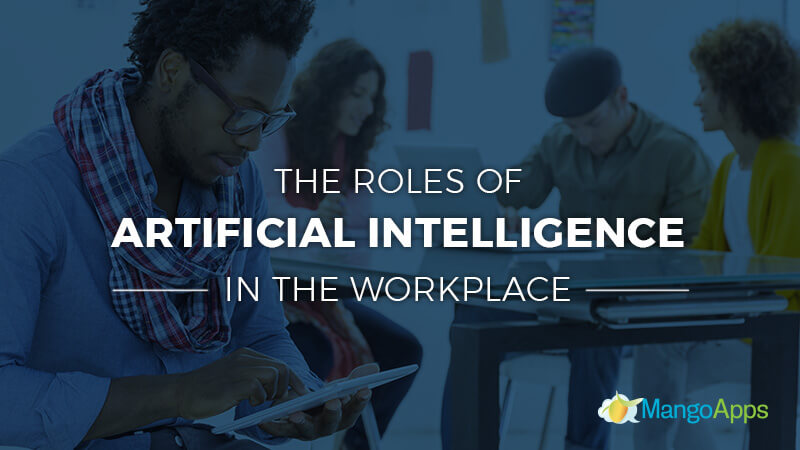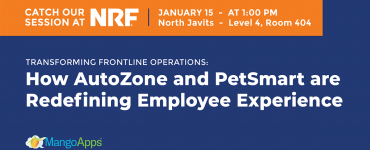The fear of artificial intelligence replacing or infringing on humankind has persisted ever since the birth of science fiction. But today, AI is no longer a work of fiction and is an active and important part of our working world. AI and its continued advancement and integration in the workforce will, of course, change how business work, but it will never be the threat that many people fear. When used effectively, AI will enable and improve the modern workforce, allowing them to work more efficiently than ever before.
Will People Lose Their Jobs?
There are a few jobs that include skills that may in time become automated. A few examples of these occupations are data entry operators, translators, and customer support centers. The day-to-day tasks performed in these roles take up a huge amount of manpower and payroll costs. Often times, businesses feel that the time, effort, and costs, are not always justifiable for the investment. This is where automation aided by AI can step in and take things into its own hands.
Most simple and repetitive tasks do not actually require an AI analysis. Simple robotic process automation tools can perform a majority of tasks with success and speed beyond human ability. Bring AI and cognitive computing into these environments greatly increase the speed, accuracy, and savings available to businesses. And while AI, of course, has many possible business applications and limits still being discovered, simple, regular and straightforward tasks like payroll management or vendor invoicing are all very possible with the AI tech available today.
What Should Employees Do?
With artificial intelligence in the workplace increasingly replacing the human involvement in everyday tasks, what should employees do? Employees in these areas need to start taking time now to explore new avenues and increase their skills. AI offers employees all kinds of exciting opportunities as they discover how to make AI an enabler. With AI taking care of routine tasks, employees are allowed more time and energy for strategic thinking and creative execution. This is not only an effective way to counter the perceived threat of artificial intelligence in the workplace, but it also frees up employees to move up the corporate ladder faster and find more meaning in their occupations.
How Can We Co-Exist?
The secret to successfully using artificial intelligence in the workplace is understanding how it can make our work easier. Finding a vacant parking spot, scheduling events, sending out invites, booking meeting rooms, ordering supplies, taking minutes and much more are all little activities that AI can take off of our schedule. And while none of these activities individually take much thought, effort or time, they can collectively add up to hours of productive time taken away from employees.
AI assistance with everyday office tasks will always lead to increased productivity and creativity. However, an unspoken real value of artificial intelligence and human collaboration can be attained in fields like medical diagnostics. Medical leaders globally are using cognitive tools such as IBM Watson to precisely identify causes and remedies for deadly diseases. Going through extensive data records could take a person months or even years to complete but for a machine, it takes only seconds. This increased organization and speed can lead to medical advancements years ahead of schedule.
The Bottom Line
There is no question that AI is a disrupter and that its presence and evolution will permanently change the business world. But the negative perceptions of AI overtaking human abilities or causing insurmountable unemployment just aren’t true. With a massive growth rate, artificial intelligence in the workplace is absolutely here to stay.
Increasing team collaboration abilities can help you learn how to use AI as a tool for increased advancement and success.








